Table of Contents
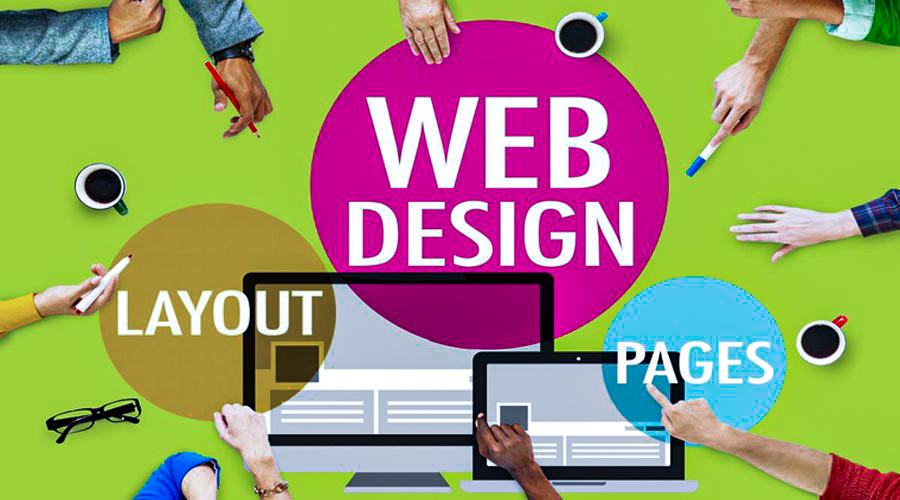
About Web design
Web design refers to the process of creating and arranging various elements on a website to achieve an aesthetically pleasing and user-friendly interface. It encompasses the design, layout, and visual aspects of a website, as well as the user experience (UX) and user interface (UI) design.
In web-design, designers utilize a combination of technical skills and creative concepts to design websites that effectively convey information and engage visitors. They consider factors such as color schemes, typography, imagery, navigation, and overall layout to create a cohesive and visually appealing design.
Web-design also focuses on optimizing the website for seamless navigation and user interaction. This involves designing intuitive user interfaces that allow visitors to easily find the information they seek and complete desired actions, such as making a purchase or submitting a form.
Furthermore, web design encompasses responsive design principles, ensuring that websites are accessible and functional across various devices and screen sizes. This adaptability is crucial in today’s mobile-centric world, where users access websites on smartphones, tablets, and desktops.
In summary, web-design combines artistry, usability, and technical expertise to create visually captivating and user-friendly websites that effectively communicate information and facilitate positive user experiences.
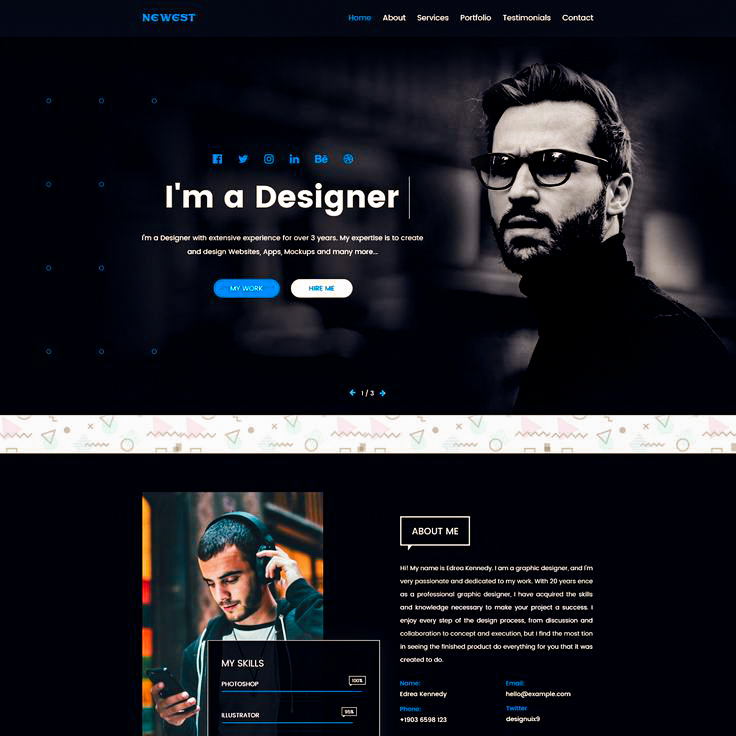
Web-desig refers to the process of creating and designing the visual appearance and layout of websites. It involves various elements such as layout, color schemes, typography, graphics, images, and interactive features to produce an aesthetically pleasing and user-friendly website.
Here are some key aspects and considerations in web design:
1. Layout:
The layout refers to how the content of a webpage is organized and structured. It involves determining the placement of different elements such as headers, navigation menus, sidebars, and content sections.
2. Color Scheme:
Choosing an appropriate color scheme is crucial in web design. Colors can evoke different emotions and create a visual hierarchy. Designers need to consider factors like branding, target audience, readability, and contrast to create an effective color palette.
3. Typography:
Selecting suitable fonts and typography plays a significant role in web design. The choice of fonts should align with the website’s purpose, branding, and readability. It’s important to ensure that the typography is legible across various devices and screen sizes.
4. Graphics and Images:
Graphics and images are essential elements that enhance the visual appeal of a website. They can be used for logos, banners, icons, background images, and content illustrations. Optimization of images for web use is crucial to maintain page load speed.
5. Responsive Design:
With the increasing use of mobile devices, web-design needs to be responsive, adapting to different screen sizes and resolutions. Responsive design ensures that websites display properly and are user-friendly on desktops, laptops, tablets, and smartphones.
6. User Interface (UI) and User Experience (UX):
Web-design should focus on providing a positive user experience by creating an intuitive and easy-to-navigate interface. It involves designing clear and consistent navigation, interactive elements, and considering the user’s journey and interactions with the website.
7. Accessibility:
Web-design should be inclusive and accessible to users with disabilities. Designers need to consider factors like color contrast for visually impaired users, keyboard navigation for those who can’t use a mouse, and alternative text for images.
8. Wireframing and Prototyping:
Before creating the final design, web-designers often use wireframing and prototyping tools to plan and visualize the website’s structure and user flow. These tools help in iterating and refining the design before development.
9. Web Standards and Technologies:
Web-designers should have a good understanding of HTML, CSS, and JavaScript, which are fundamental technologies for creating websites. They should also stay updated with the latest web design trends, best practices, and emerging technologies.
10. Collaboration and Communication:
Web designers often work in collaboration with clients, stakeholders, and other professionals such as web developers and content creators. Effective communication and understanding of the project requirements are essential for successful web design.
Examples Of Web Design:
1.
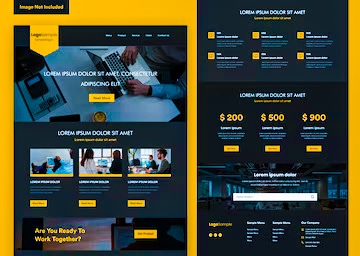
2.
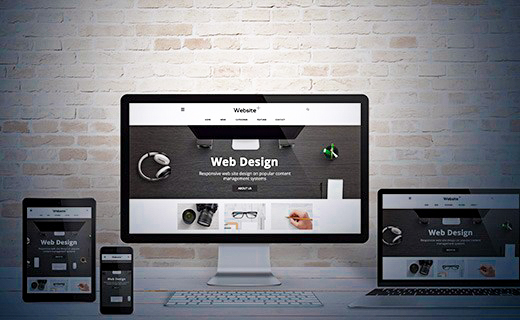
In summary, web-design encompasses the creative and technical process of designing visually appealing and user-friendly websites. It involves various elements such as layout, color, typography, graphics, responsiveness, accessibility, and user experience to create an engaging and functional online presence.

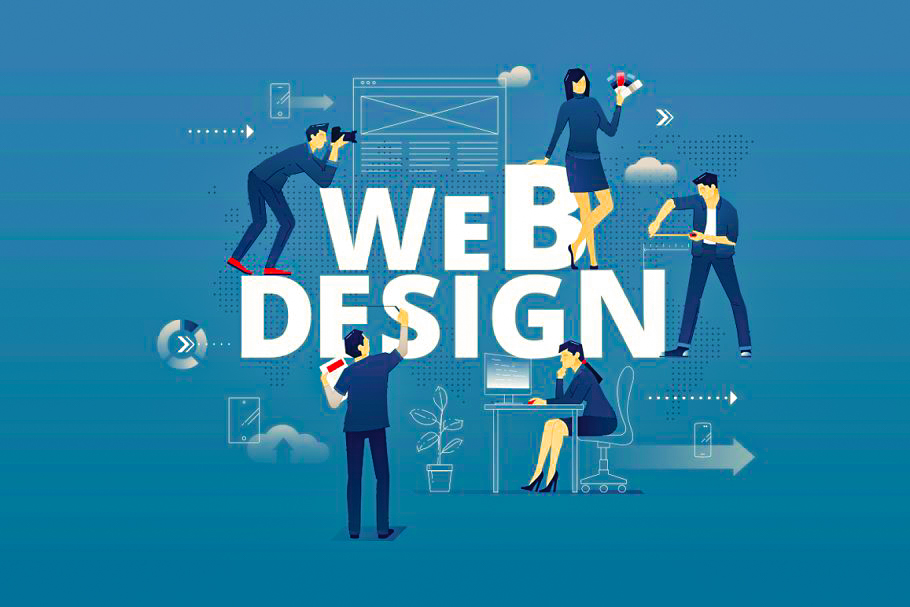



1 thought on “What Is Web design? Full Details.”